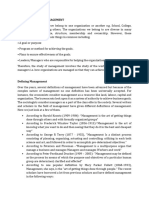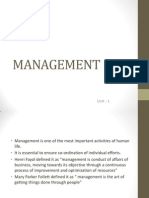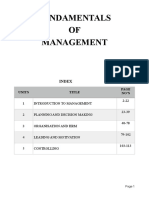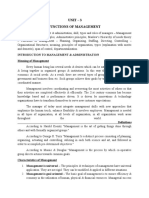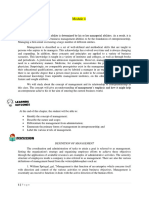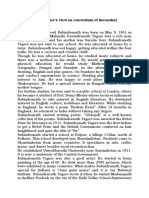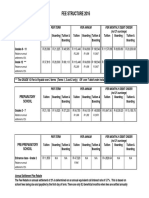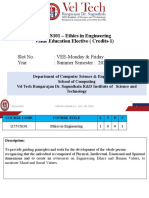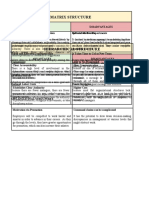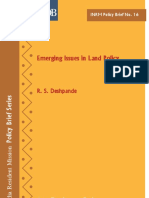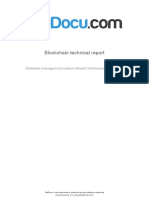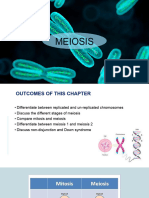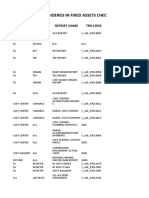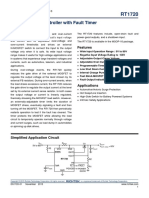0% found this document useful (0 votes)
104 views87 pages201 Unit 1
The document discusses the fundamentals of management and quality management. It defines management in several ways based on different management thinkers. Some key functions of management discussed include planning, organizing, staffing, leading, and controlling. Educational management is defined and its characteristics and needs are explained. The main functions of management - planning, organizing, leading, and controlling are described in detail. Finally, three types of management are listed - time management, classroom management, and event management.
Uploaded by
rajushinde22Copyright
© © All Rights Reserved
We take content rights seriously. If you suspect this is your content, claim it here.
Available Formats
Download as PDF, TXT or read online on Scribd
0% found this document useful (0 votes)
104 views87 pages201 Unit 1
The document discusses the fundamentals of management and quality management. It defines management in several ways based on different management thinkers. Some key functions of management discussed include planning, organizing, staffing, leading, and controlling. Educational management is defined and its characteristics and needs are explained. The main functions of management - planning, organizing, leading, and controlling are described in detail. Finally, three types of management are listed - time management, classroom management, and event management.
Uploaded by
rajushinde22Copyright
© © All Rights Reserved
We take content rights seriously. If you suspect this is your content, claim it here.
Available Formats
Download as PDF, TXT or read online on Scribd
/ 87





